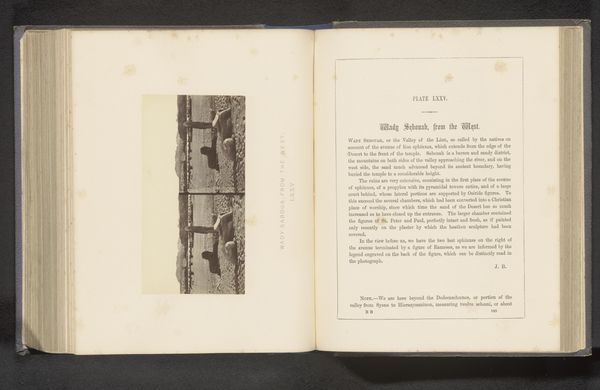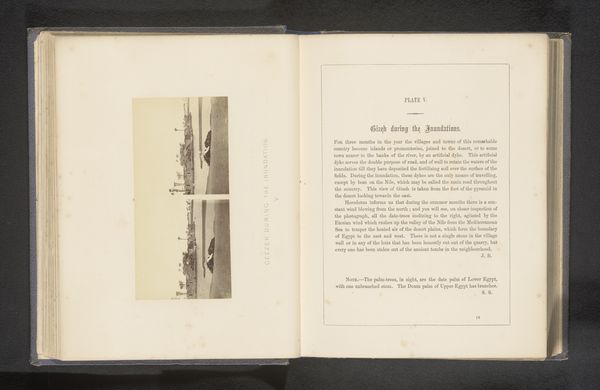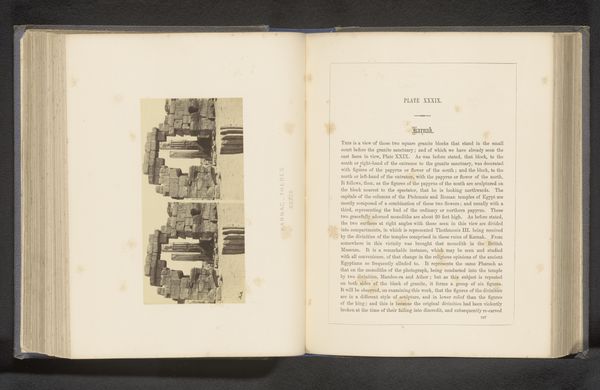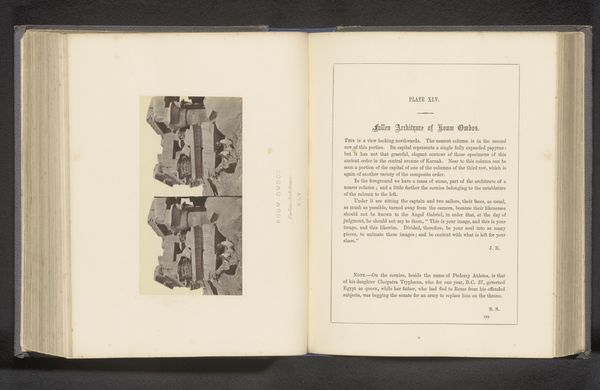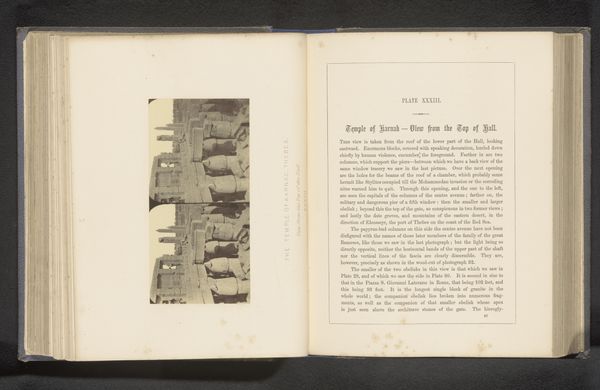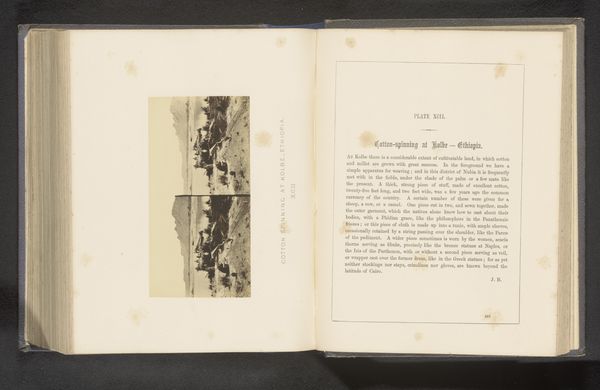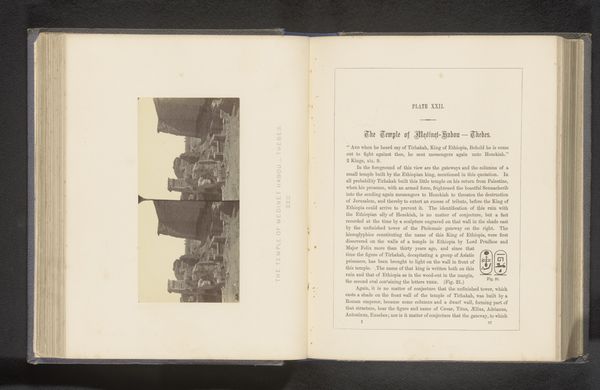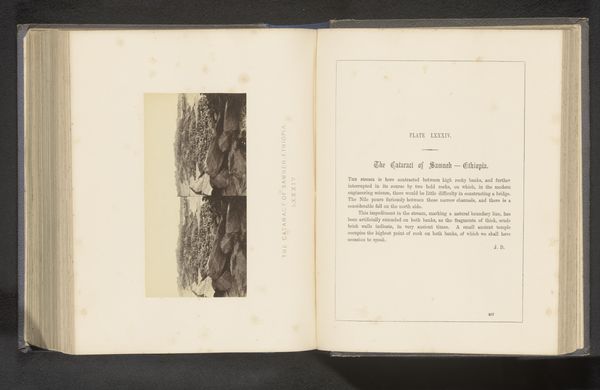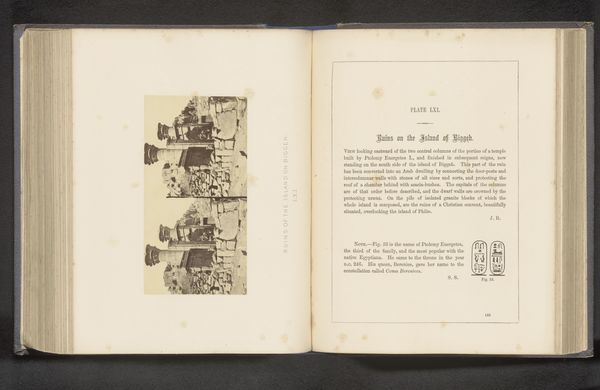
Gezicht op de tempel voor Amon door Ramses II bij Wadi es-Sebua before 1862
0:00
0:00
print, photography, albumen-print
# print
#
landscape
#
ancient-egyptian-art
#
photography
#
ancient-mediterranean
#
albumen-print
Dimensions: height 74 mm, width 141 mm
Copyright: Rijks Museum: Open Domain
Here we see Francis Frith’s photograph of the temple for Amon by Ramses II at Wadi es-Sebua, captured in the 19th century. The temple, dedicated to Amon, Ra, and Ramses II himself, features imposing pylons adorned with royal figures, symbols of power and divinity. Consider the recurring motif of the ruler as a divine figure, a concept that echoes through millennia. We see it in the statues of ancient Mesopotamia, the god-kings of the Maya, and even in the idealized portraits of Roman emperors. This desire to immortalize and deify earthly rulers speaks to a deep-seated human need for authority and permanence. The temple's location within the Wadi, a desert valley, further emphasizes its role as a beacon of civilization amidst the vast, untamed landscape. This recalls the psychological concept of the “axis mundi,” where sacred sites serve as a connection between the earthly and the divine. This photograph captures not just a temple, but a powerful nexus of cultural memory and enduring human aspirations.
Comments
No comments
Be the first to comment and join the conversation on the ultimate creative platform.
